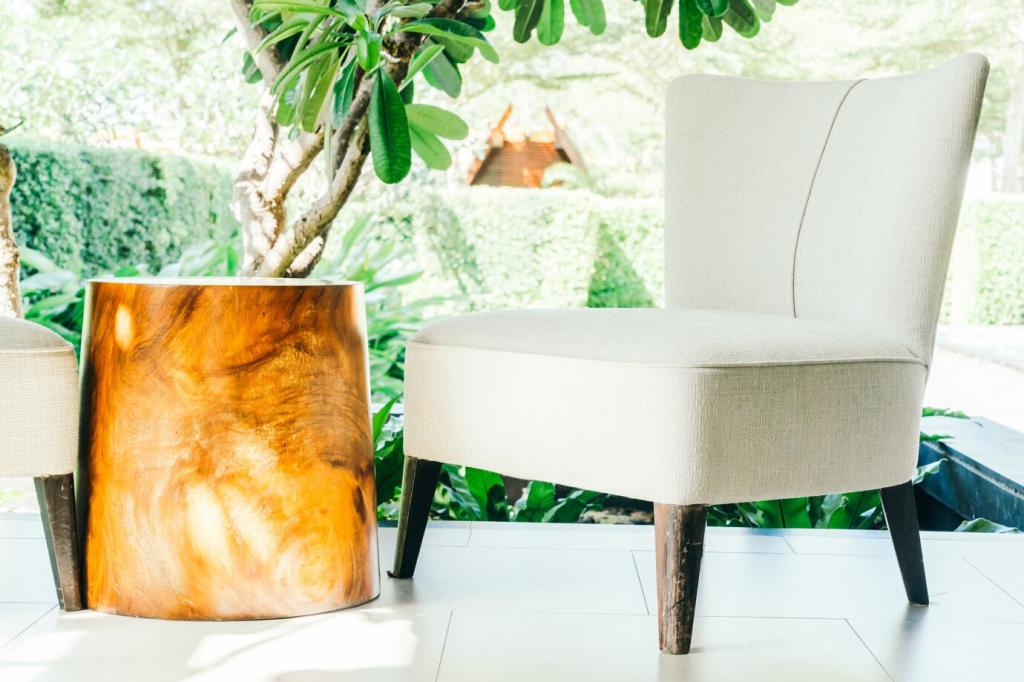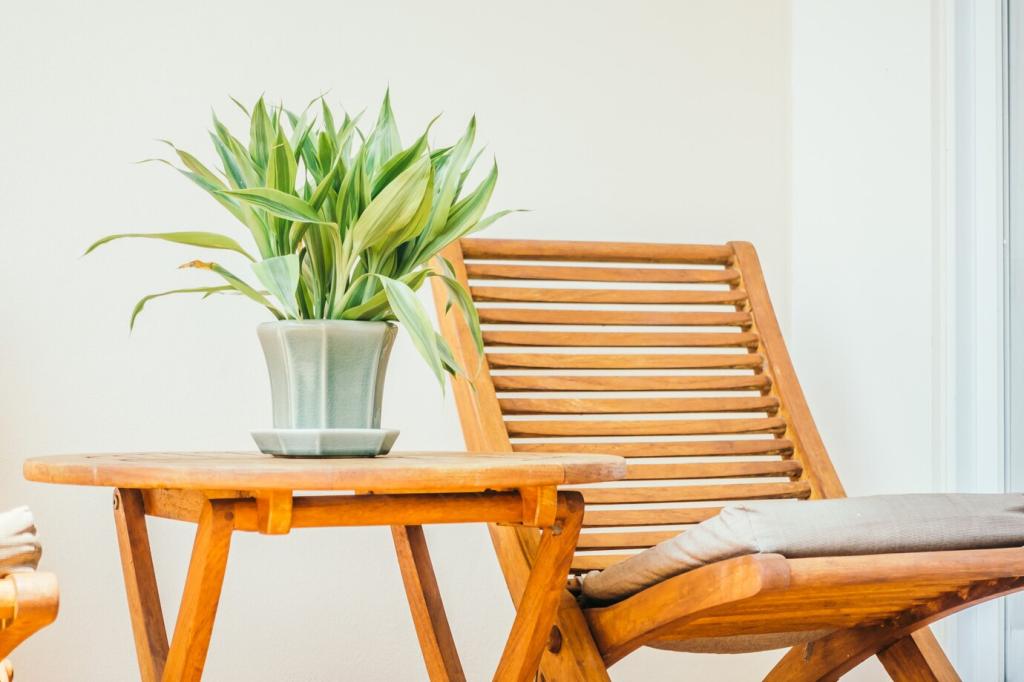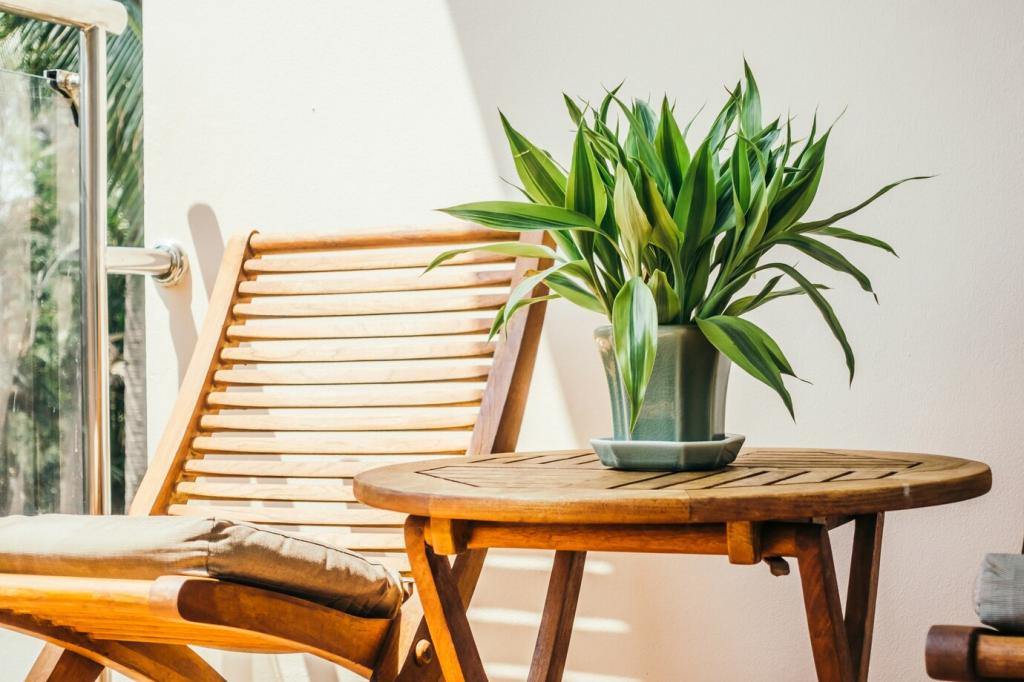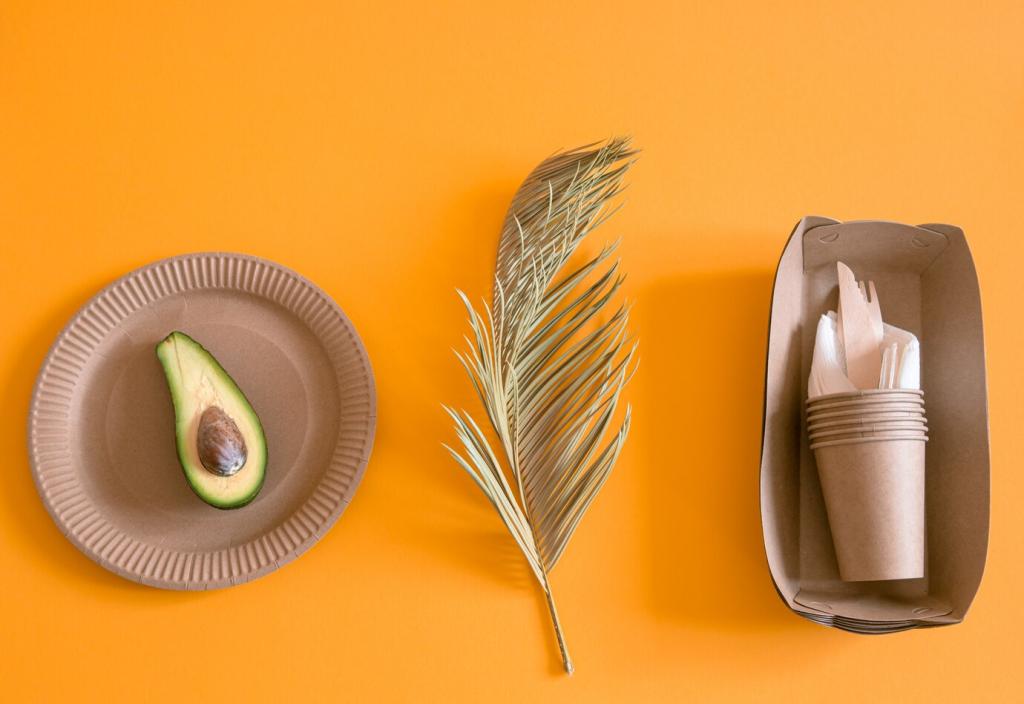Care, Repair, and Long Life
Penetrating oils, hardwax blends, and soap finishes allow easy refreshes without heavy sanding. They highlight locality by letting light play through grain. Comment with your routine for seasonal touch-ups and the cloths, abrasives, and oils you trust for consistent results.
Care, Repair, and Long Life
Local wood still moves. Design for expansion gaps and use fixings that allow drift. Monitor humidity and educate owners. Share your best practices for managing movement, including spacer strategies, hardware choices, and simple home humidity targets that protect joinery year-round.
Care, Repair, and Long Life
Loose mortise? Worn finish? Replace parts sparingly, favoring reversible repairs. A stitch-in-time mindset preserves stories embedded in local materials. Post before-and-after photos and detail adhesives, fillers, and color-matching tips that made your repair strong, honest, and respectfully visible.




